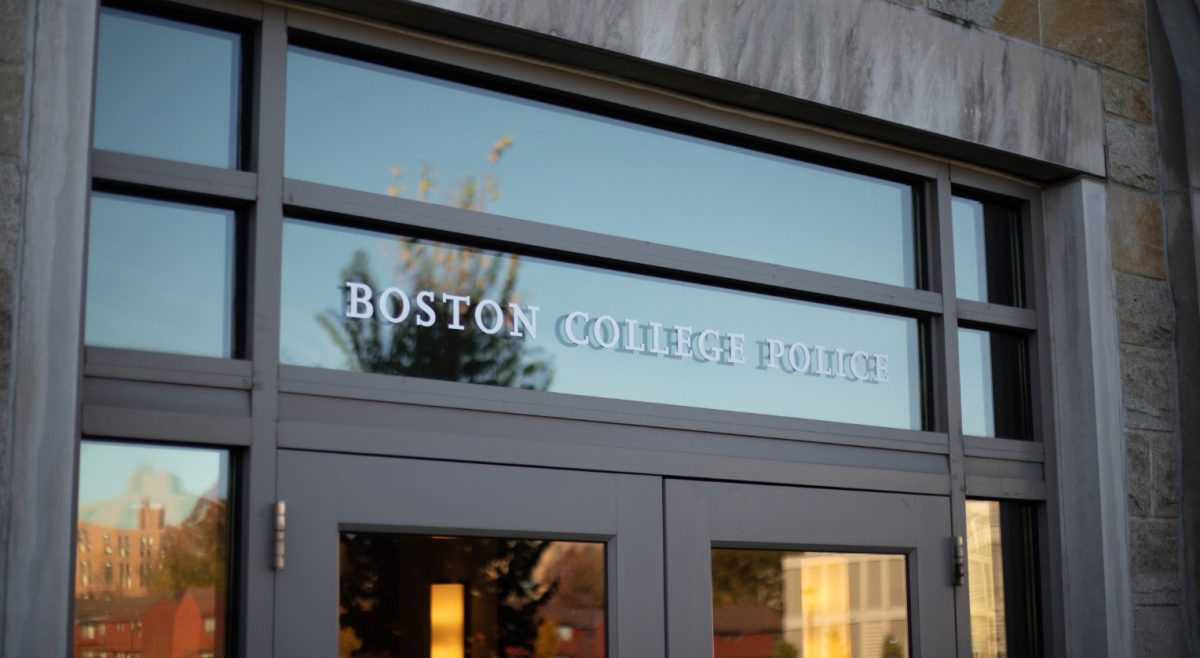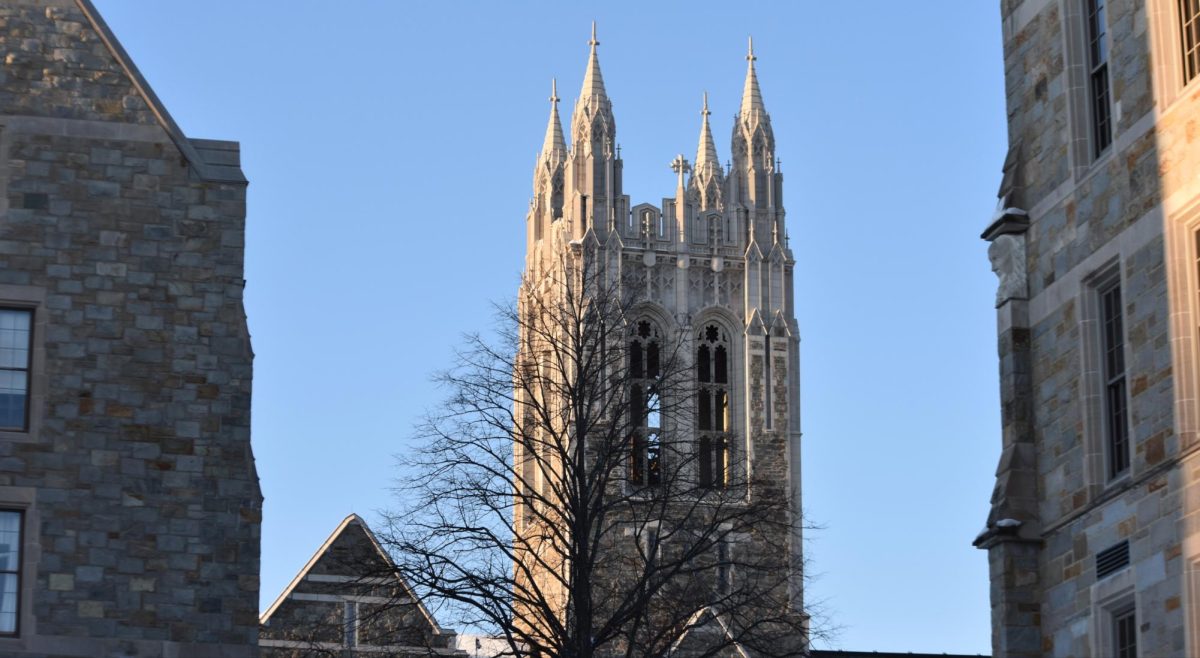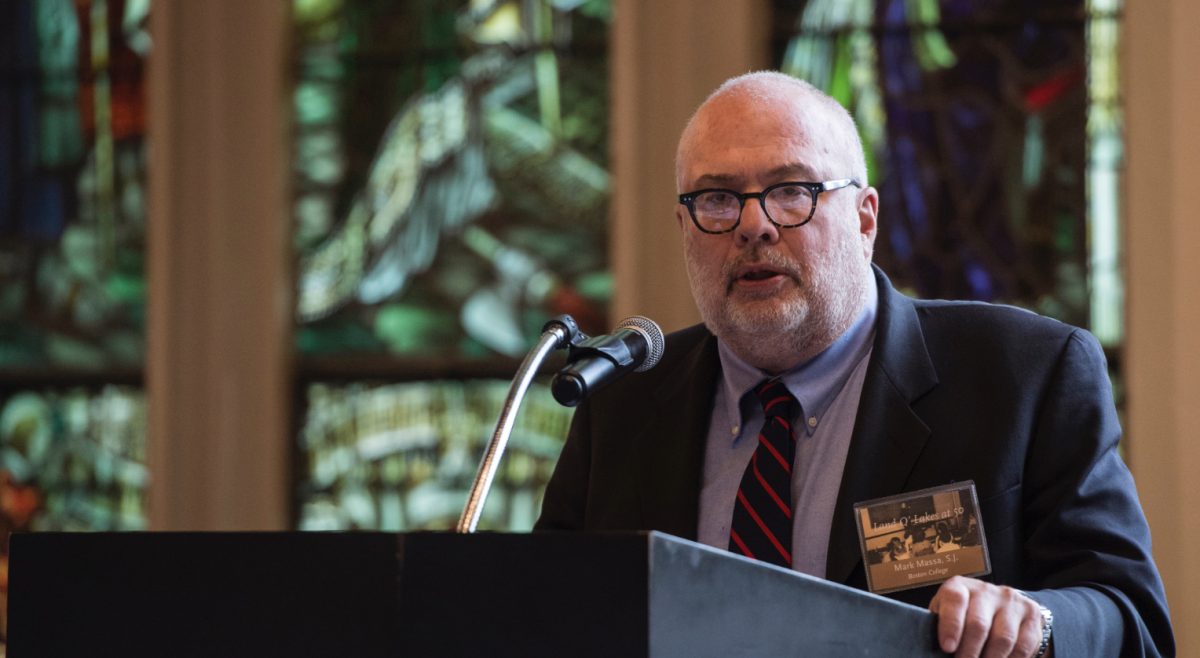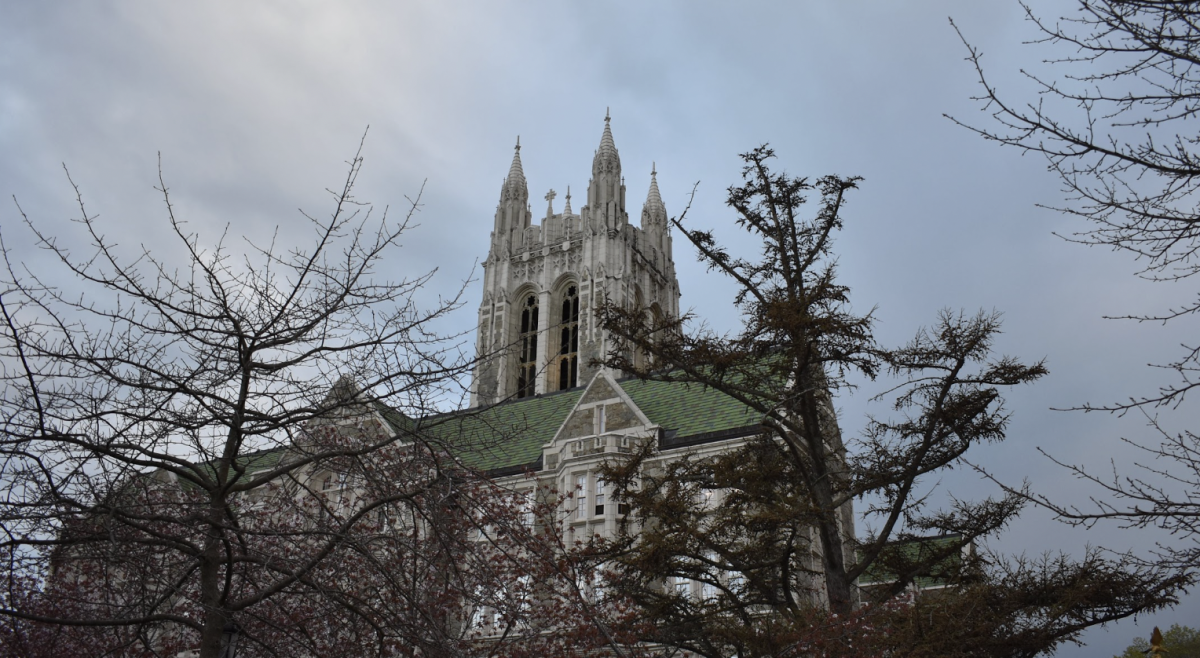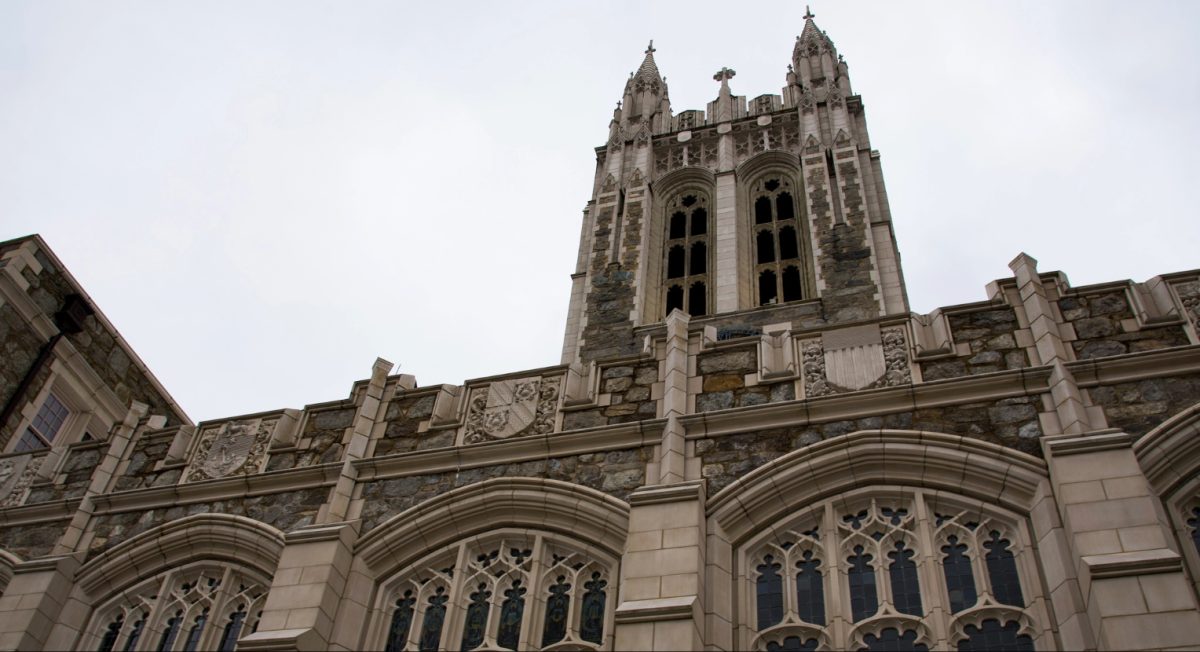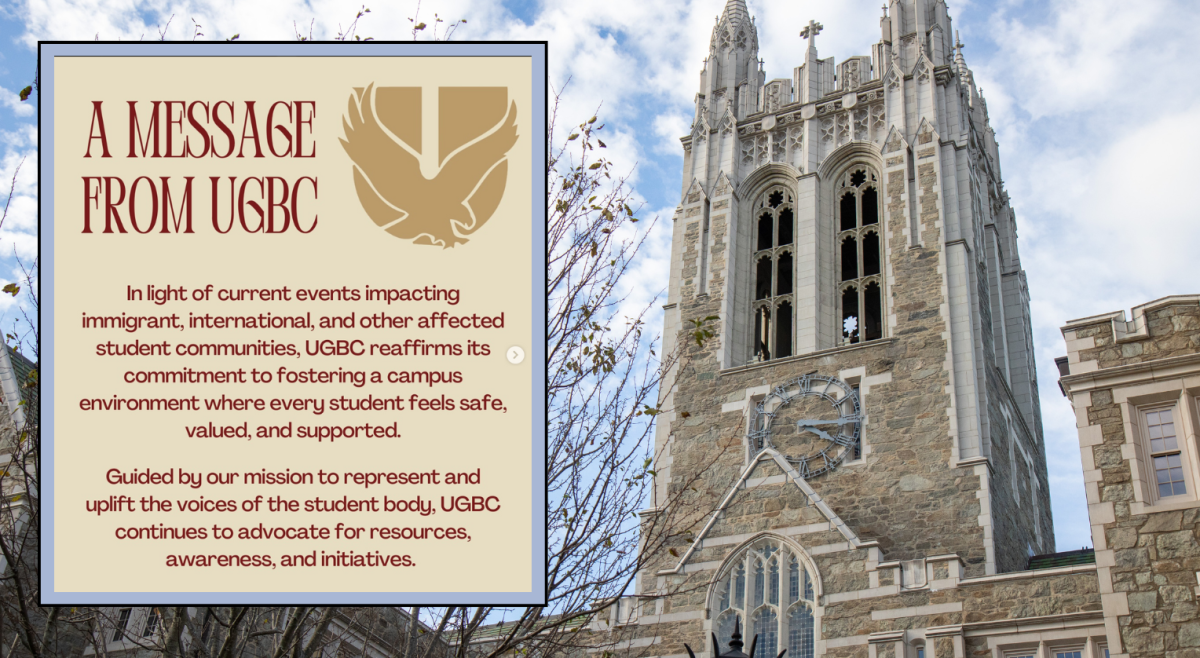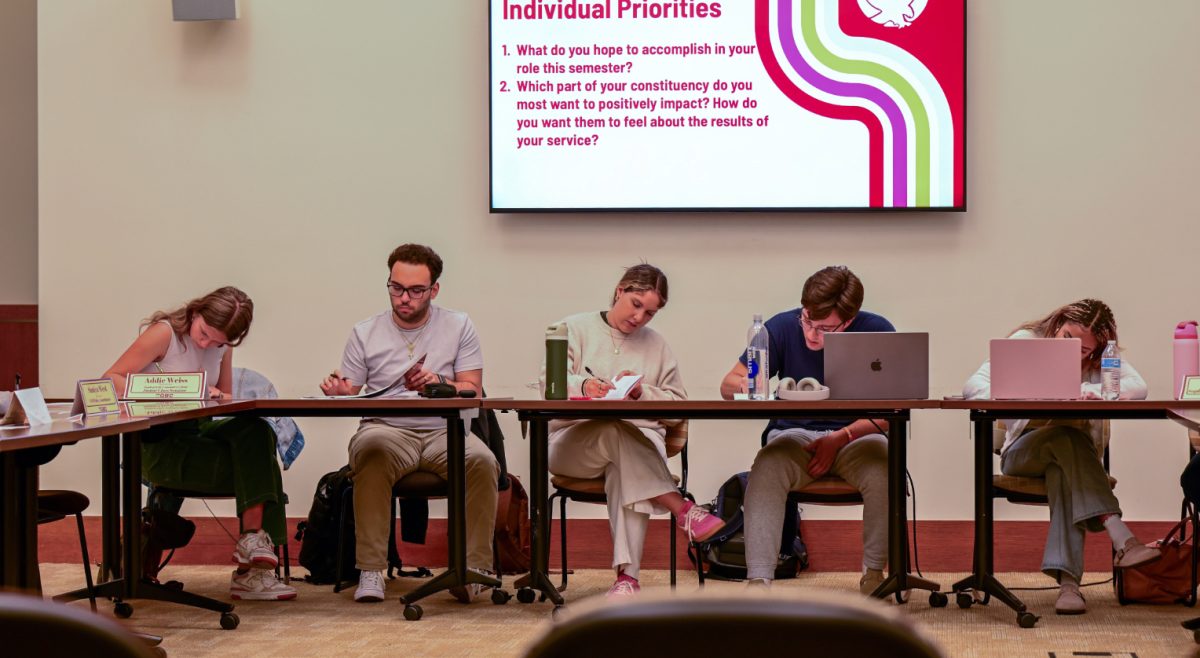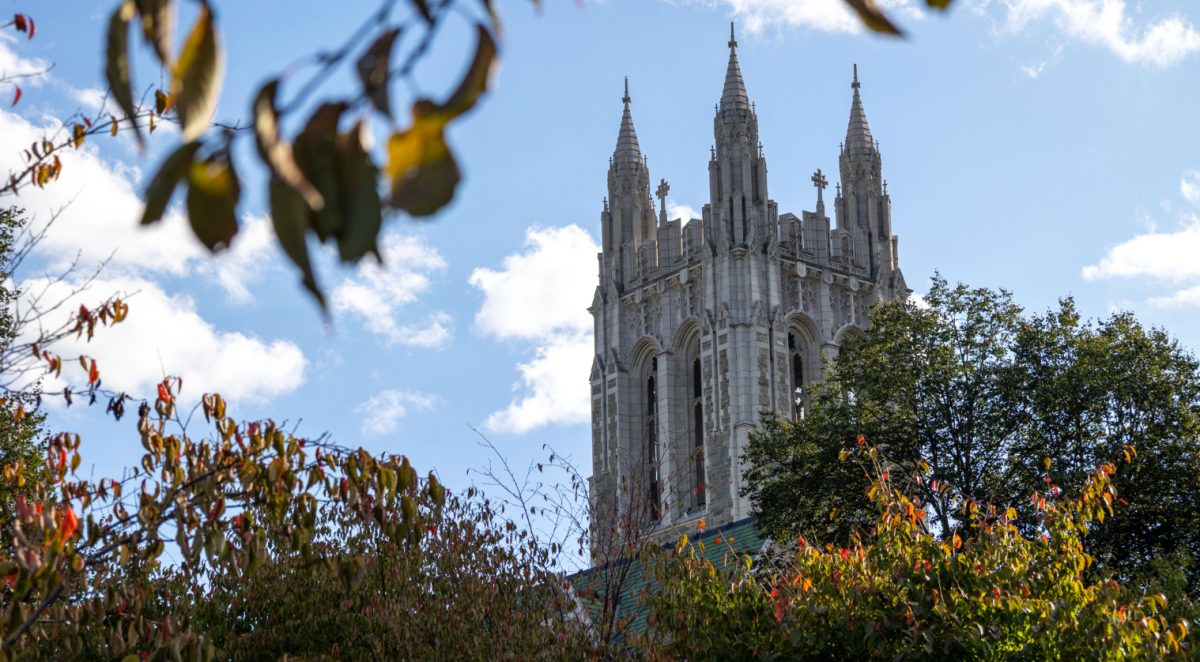In the background of the summer of scandal featuring the Pennsylvania grand jury report of 1,000 victims of priestly sexual abuse and the revelations of Cardinal Theodore McCarrick’s decades-long abuse of both minors and adult seminarians, another storm threatening the Church continued to brew.
The population of U.S. diocesan priests has declined by nearly 33 percent over the last 40 years and continues to do so—raising the question: How can Catholic leaders attract new students to the seminary and guide them in a ministerial formation that continues the 2,000-year-old tradition, but also recognize the Church’s role in the 21st century in light of Pope Francis’s call for unity among the clergy and laity?
A group of theologians from the School of Theology and Ministry (STM), the theology department, several Ph.D. students, lay pastoral ministers, and three diocesan priests spent the past two years in a monthly seminar pondering this question, and have published its answers in a document called “To Serve the People of God: Renewing the Conversation on Priesthood and Ministry” in the latest issue Origins, a documentary service run by the Catholic News Agency.
The document is divided into three parts: Ministry in the Life of the Church, which examines the relationship between the laity and clergy; Profile of a Well-Formed Priest, which highlights various traits and characteristics a priest would ideally have upon graduating from seminary; and Shaping the Future, which recognizes the seminary life’s tendency toward isolation and calls for seminarians to integrate with the general public in their education and formation.
Led by the Joseph Professor of Catholic Systematic Theology, Richard Gaillardetz, as well as STM’s Thomas Groome and Richard Lennan, the seminar dedicated the first year to understand the problems afflicting the Church before they decided on any action to take. They invited experts in the field of ecclesiology, such as Sister Katarina Schuth from St. Paul’s Seminary in St. Paul, Minn., “who’s maybe the world’s foremost authority on seminary education,” Gaillardetz said.
They also brought in Mary Gautier from Georgetown University’s Center for Applied Research in the Apostate (CARA), which focuses on providing sociological data to understand the priesthood.
From these experts, the seminar realized the magnitude of problem surrounding the formation of priests and decided that their efforts would be best concentrated on the formation of diocesan priests specifically in the United States.
When considering Catholicism in 2019 in America, the seminar found it important in their document to first explore the relationship between the clergy and laity. A major problem it found throughout the history of the Church was a top-down, professional-amateur dynamic between the clergy and laity that it not only deemed to be exclusionary and discouraging to new Catholics, but also theologically inaccurate. The document emphasizes that the Church is not composed of nor dictated by the select few who lead Mass but in the entirety of the baptized faithful.
After correcting the dynamic between priests and laity, the document then puts forward a profile of a well-formed priest. The model exemplar is an effective preacher, a collaborative leader, a public representative of the Church, and a minister whose work is marked by pastoral charity. He delights in the gifts of others and works well with all.
“We also need them to just be humanly healthy, mature, psychosexually mature, comfortable working with other people, comfortable in their own skin, capable of healthy human relationships,” Gaillardetz said. “In other words, we don’t want the seminary to be a refuge for people who feel awkward dealing with folks in the world and think the priesthood will provide a place where they can kind of fit in, finally.”
Just as important as the formation of new priests, according to the document, is the continual formation of priests after ordination.
“So if you’re a CPA or a doctor, or a lawyer or an engineer, after you’re certified, you’re still expected to keep up with the field, right, and continue some kind of ongoing professional development,” Gaillardetz said. “Our concern is there’s very little emphasis on the need for ongoing professional development for our priests.”
The stifling in the formation of priests after ordination is a multi-faceted problem that the seminar attributes to two main causes. First, there exists an inter-generational culture of skepticism among priests toward ongoing formation. And even when clergy are interested and willing, too often their busy schedules prevent them from participating.
The emphasis on the lifelong formation of priests’ personal and clerical lives is one of the first major developments in priestly formation within the Catholic Church since the 16th century, when, at the Council of Trent, the modern day seminary was born of the canon Cum Adolescentium Aetas, which called for all diocesan colleges to be seminaria, “breeding grounds,” for future priests.
It took decades for the Church to enact the changes from the Council of Trent. And it would take time to enact the changes put forward by the scholars of this document. Origins enjoys a healthy readership of bishops and other church leaders who will presumably take the seminar’s suggestions into consideration. The seminar did not set out to upend doctrine or strike schism in already struggling church, but rather to remind the community about the reason for which clergy exist, according to Gaillardetz.
“The heart of ministry, therefore, lies in forms of service that aid the realization of the Church’s mission,” the document says. “A mission that takes on new requirements in an ever-changing world.”
Featured Image by Sam Zhai / Heights Staff

